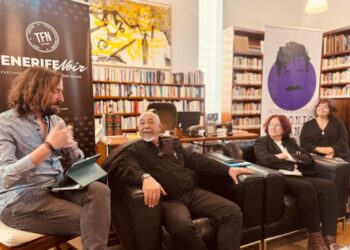How do you give form to experience? Interview with Jorge Fernández, Director of the Havana Biennial
What does the “biennial model” mean, and to what extent does that ideal model approach that of the Havana Biennial? For me, the biennial model is like museums, like a burial and a resurrection; we move between the two things. Picasso used to say that museums were like funeral homes; that the artwork was alive in the studio, and as soon as it was taken to a museum, it was like it was buried. From time immemorial, these questions have been debated, but nobody has found another form of promoting and legitimizing art. What’s interesting in referring to the Havana Biennial is that it marked its differences right from the start. It was more of an underground biennial, which did not entail large sums of money, and that clearly had a deep conceptual objective of change and transformation, and that is what can be seen today, and what is recognized internationally. And more than 30 years have gone by since its start, which is why the Biennial also involves rethinking things—what we can contribute today within the international context is one of them. Talking about something new is extremely pretentious. I don’t think that anything new can be done in...




